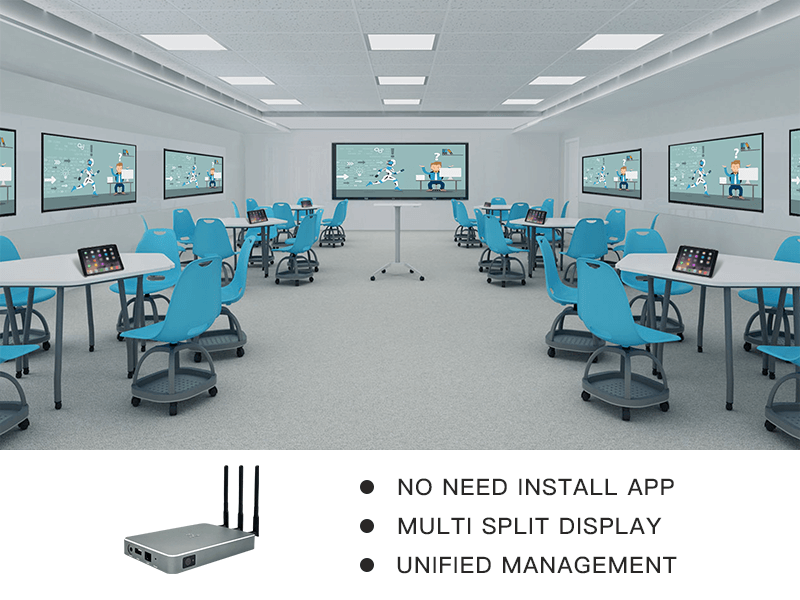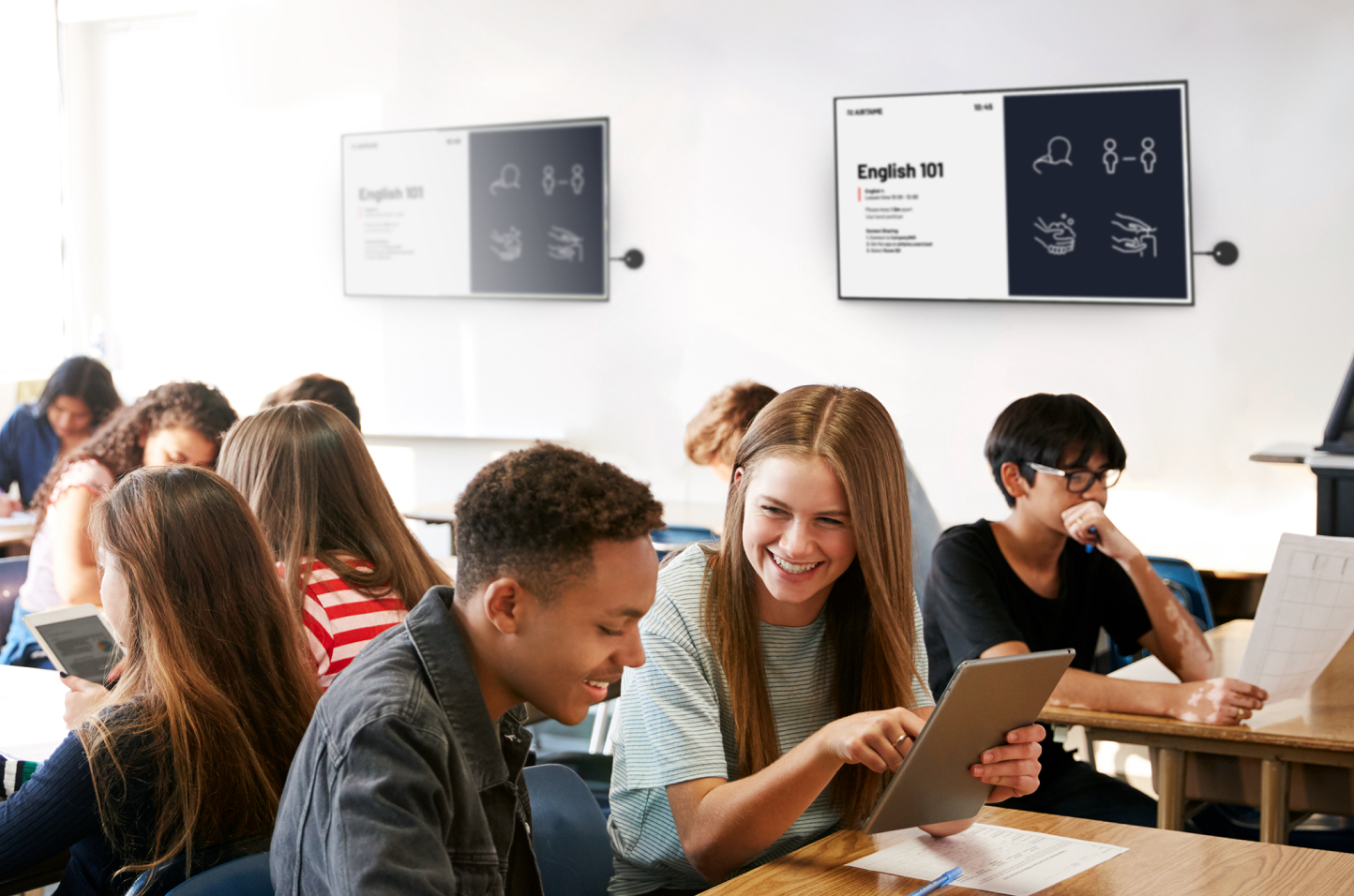See what active learning looks like in this Q&A
Q: Can you describe a smart classroom?
In these classrooms, students come together in a shared space to construct, manipulate, and negotiate meaning around a canvas. The environments become immersive—learning happens on walls, desks, tables, and in conversations. The interactive screens become shared perceptual spaces where students discuss meaning and clarity and come to a collective understanding.
Q: What kind of technology do these rooms require?
We designed these rooms to not need personal devices but the design allows personal devices to be used in a complementary capacity. If you want students exchanging, collaborating, and talking synchronously in class then shared public spaces should be the primary focus of work. If students are working on a publicly displayed shared artifact, then they have to negotiate what goes in to it, how it’s represented, and so on.
The process of negotiation is important, and if they are working solely through personal devices the process works differently. In our newest room, the one with BiJie wireless display technology, personal devices become a complement to the shared spaces in that students can contribute to the assembly of an artifact, but the process of negotiation stays focused on the shared public space of the walls around the perimeter of the room.
The wireless display solution of BiJie smart classroom is based on BYOD interactive teaching application scene, which realizes the wireless display and screen sharing of mobile phones and computers, so that teachers and students can more flexibly and conveniently conduct the wireless display demonstration of courseware and teaching content, making teaching more vivid


